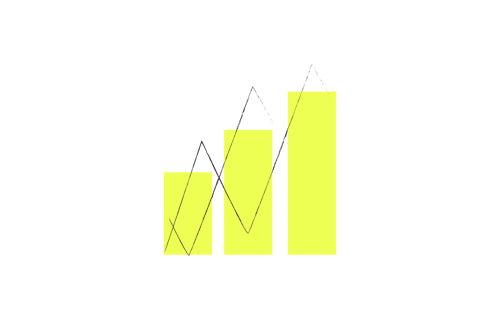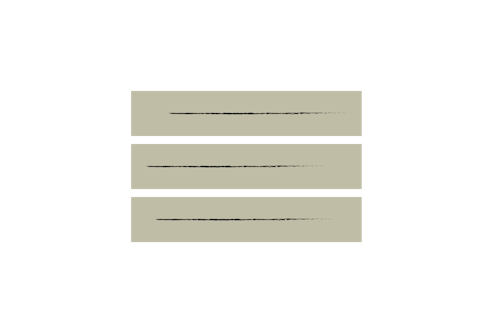A quick guide to interpreting incremental ROAS
September 25, 2018

Using incremental ROAS as a retargeting KPI is appealing: it shows the real impact of retargeting on your revenue; it doesn’t take credit for user acquisition nor organic conversions; plus, there is a great deal of research that suggests it’s the best way to track success.
But how do you make sense of this KPI? What’s a realistic target? Should you be concerned if Incremental ROAS is below 100%? Does this mean retargeting doesn’t work?
Applying this KPI to digital advertising is still relatively new, so naturally advertisers have questions surrounding it. Read on to learn how to analyze your Incremental ROAS and apply those learnings effectively.
A quick refresher: calculating incremental ROAS

Incremental ROAS is the difference between your test group revenue (from showing ads) and control group revenue (no ads), divided by the money you invested in ads. It only accounts for those who are actually making a purchase or conversion, disregarding organic conversions, which makes it an excellent metric for calculating the specific impact of a campaign.
For example: a control group drives $10,000 in revenue, $10,000* of which can be considered as organically earned revenue. A test group exposed to ads drives $20,000 in revenue at a budget of $5,000. At a 200% incremental ROAS, this means that your retargeting efforts gained $10,000 in incremental revenues at a cost of $5,000.
*Note that the control group size is typically smaller than the test group. The control group revenue is scaled to make it comparable.
If incremental ROAS <100%
This doesn’t necessarily mean retargeting isn’t working for your app. Your iROAS also depends on the stage of your users and where in the funnel you want to move them to. A high incremental ROAS at an early-funnel event is an unrealistic expectation for a retargeting campaign.
Let’s say that you have a food delivery app. What you ultimately want is for your user to order their first meal. Say you paid $20 for acquiring and retargeting that user, but the dish they ordered cost only $12. The investment cost of driving their first order is likely to exceed the cost of one dish, resulting in a negative return. However, a retargeted user is very likely to reorder within your app in the next six months, especially if you retarget them with highly dynamic content, composing ads with their food preferences from nearby locations.
What else can be done at this stage?
Redistribute budgets towards well performing segments. Remerge’s performance engine does this automatically to optimize in real time. We also consistently experiment with different creatives to ensure a more personalized/relevant approach.
When is this actually an indication of poor performance?
If you don’t see an iROAS over 100% or a higher goal after a prolonged period of time (> 4 weeks) it most likely means that something is wrong with the setup. Maybe the deep links are not working correctly and aren’t taking the user to the right place in the app. Maybe the event tracking of your attribution provider isn’t configured correctly or maybe we’re targeting the wrong segments with the wrong message.
If this happens we’ll flag this with you early in the process and suggest setup changes to address it (change in creatives, messaging, segmentation, double-checking tech setup parameters like deep links).
If incremental ROAS = 100%
Is it worth retargeting at all?
If you consider the lifetime value (LTV) of your user, the answer is yes. LTV poses the question “how much will my user spend in their lifetime?” and demonstrates the bigger picture of app retargeting. What’s important here is looking at time ranges / cohorts that are long enough to show meaningful results: iROAS usually gets better with time, since the uplift in LTV can only be measured over longer periods of time. That means month 1 iROAS being below 100% is perfectly normal in many verticals, like in gaming.
Economically speaking, you are breaking even. Dollar out equals dollar in.
If incremental ROAS > 100%
That’s a good sign, since any number above 100% indicates that app retargeting is paying off. Each percent above 100% indicates 1% return from the money put into advertising.
Where to go from here?
Once we achieve a successful incrementality setup for your app, our next goal is to drive as much scale as possible without sacrificing the uplift. We will proactively suggest and execute changes to your setup, including changes in creatives, refining segmentation, optimizing win-rates on RTB supply, changing parameters for the product recommendation engine etc.
If incremental ROAS < 0
A negative incremental uplift indicates that the control group is performing better. This should never be the case, since the worst case performance is when your control and test group behave identically (your retargeting campaign has no uplift). In the inkling of a chance that you see a negative incremental ROAS in your report, it is a statistical outlier caused by an inadequate sample size of too few users.
We’ll provide you reports on this only if they have reached statistical significance, which will be calculated by our reporting system.
The bottom line
Incremental ROAS as a KPI can truly show whether app retargeting is worth your investment. Understanding how to read beyond the numbers can help you optimize your campaigns and steer your retargeting strategy towards higher returns.





